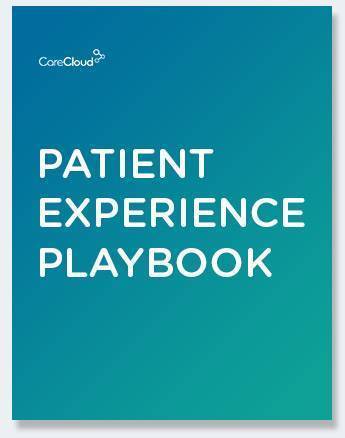The main areas where inpatient and outpatient coding diverge are the extent of treatment offered and the level of coding complexity. Inpatient coding includes all services, procedures, and the present-on-admission (POA) indicator, which records the patient’s conditions at the time of admission throughout the whole length of the patient’s hospital stay. For prolonged treatment, precise coding is needed. On the other hand, shorter visits lasting less than a day are covered by outpatient coding. It focuses on certain services or treatments provided in one-on-one meetings. To put it briefly, outpatient coding is concentrated on urgent, short-term therapy, whereas inpatient coding is more extensive.
Key Differences
Stay Length
Inpatient and outpatient coding differ significantly in scope and complexity.
All services rendered to patients throughout their hospital stay, which sometimes lasts several days or weeks, are included in the inpatient coding system. It necessitates thorough reporting, which consists of the present-on-admission (POA) signal that shows whether a patient’s ailment existed at admission or developed during their hospital stay. Making this difference is essential for monitoring and controlling patient care.
In contrast, patients who receive treatment but do not stay in the hospital for longer than 24 hours are covered by outpatient coding, which is less complicated. Codes are awarded in outpatient settings according to particular visits or contacts, emphasizing the services provided during that brief connection.
Reimbursement
DRGs group patients according to their treatment, diagnosis, and length of stay at the hospital. DRG assignment is done by considering factors like main diagnosis, secondary diagnosis or diagnoses, comorbidities and complications, and surgical procedures. The age and gender of the patient also matter, along with their discharge status. Complications and comorbidities (CC) make care episodes more severe and expensive.
Billing
Hospitals employ the UB-04 form, intended for institutional claims and used to describe various services rendered during a patient’s stay to bill inpatient treatments. The whole billing of extended care, including accommodation costs, treatments, and procedures, is made possible by this form.
However, the CMS-1500 form, used for professional services rendered by doctors and other healthcare professionals for patients who do not need an overnight stay, is typically used to charge for outpatient services. The billing for individual encounters, including office visits, diagnostic testing, and minor treatments, is the main focus of this form.
Principal Diagnosis
The principal diagnosis is critical in inpatient coding as it establishes the patient’s resource needs and fully guarantees payment processing. Diagnosis is an important part of the treatment and payment management process, which points to the primary ailment leading to the hospital stay.
The term primary diagnosis is hardly used in outpatient coding. This is because outpatient appointments frequently concentrate on preliminary evaluations and therapies, and it’s possible that a conclusive diagnosis won’t be made at the initial meeting. In contrast, outpatient coding usually centers on observations, symptoms, and initial short-term care diagnosis.
Coding for Uncertain Diagnosis
Outpatient coding for the uncertain diagnosis should not be coded. Coders should avoid inserting code based on their intuition.
Complications
If a patient’s prolonged hospital stay results from a procedure-related complication, this should be included as the primary diagnosis in inpatient coding. A different code may be issued if complications do not support certain diagnoses. When a patient is admitted to the hospital following surgery, the primary diagnosis for the admission should be reported as the surgical complications in outpatient coding.
What’s Common in Inpatient Coding and Outpatient Coding?
There are some similarities between the two aspects, but coders need to update themselves with changes in the hospital coding rules to adhere to inpatient and outpatient rules. In the healthcare field, different structures exist through which patients can claim to cover their bill for services to an insurance company or government aid. The number of admissions or bed availability for such admissions usually measures hospital size. Coders perform the remaining tasks because codes may vary from one physician or hospital to another.
Also, inpatient coding differs greatly from outpatient coding in terms of rules, payment schemes, and more. However, a common solution could be getting 100% reimbursement for hospital billing services, inpatient and outpatient.
Conclusion
To ensure precise medical billing and smooth hospital functions, it is crucial to comprehend the differences between inpatient and outpatient coding. Inpatient coding involves patients who are formally admitted to a hospital. ICD-10-CM (to classify diagnoses) and ICD-10-PCS (for procedures) are used for this type of coding. This method needs thorough monitoring of services rendered from admission until discharge or transfer. Outpatient coding is for patients who receive treatment but don’t stay overnight.

Download the Patient Experience Playbook



